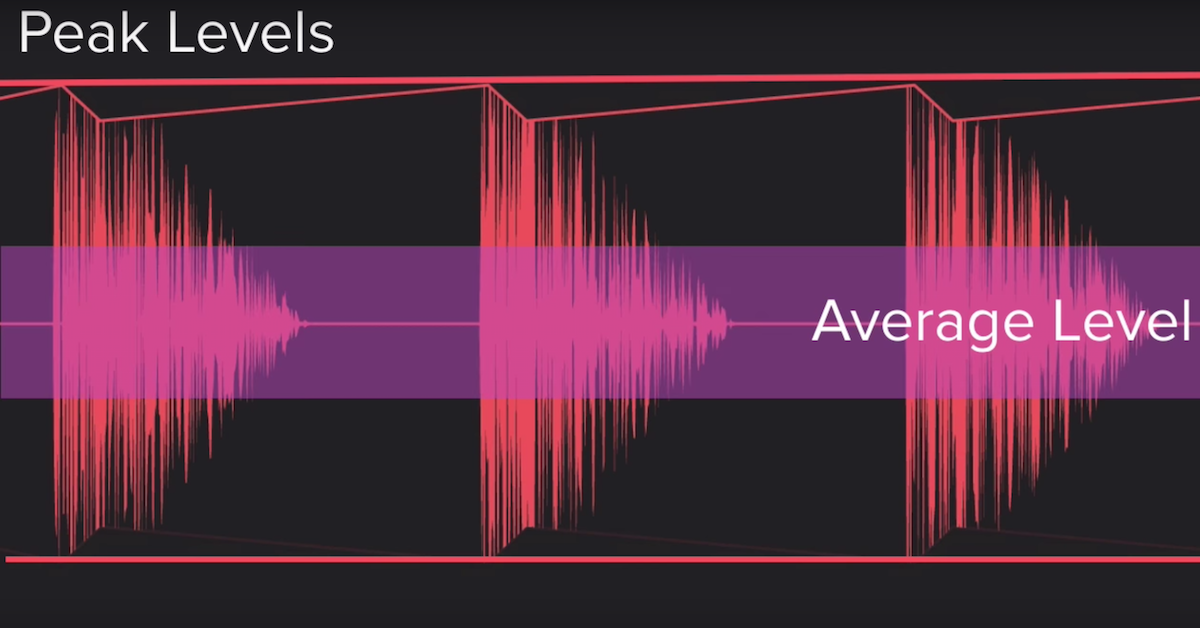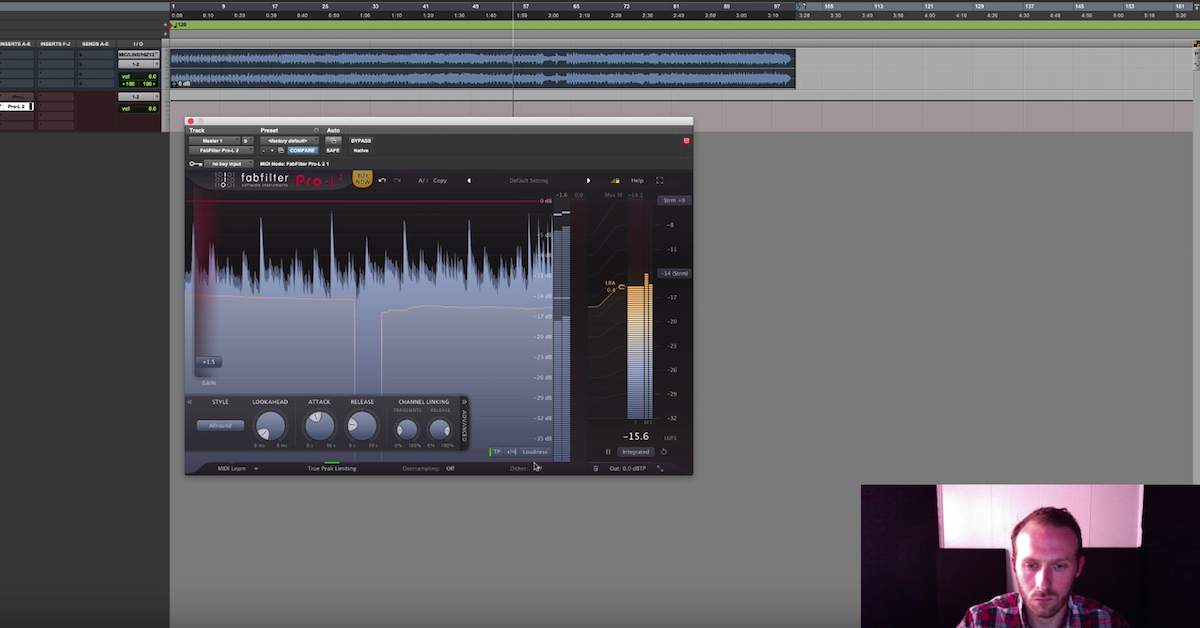5 Common Mixing Mistakes to Avoid
Article Content
As a specialized mastering engineer, I hear a lot of mixes every week. I’m often impressed by how good so many of them are. Nothing beats that feeling when you hear a mix that’s really delivering the song effectively.
Unfortunately, that’s not always the case. Sometimes an artist and their mixer get themselves in the way of the music, and deliver something that’s competing against itself.
Thankfully, most mastering engineers will tell you that there is a surprising lack of variety among the worst-case scenarios. There is a short list of frequent mistakes that spoil the sauce much more commonly than any others.
Far from a collection of complaints, this article is intended to be a useful summary of the most frequently heard problems — a tour of cautionary tales.
1. Lack of Clarity
It is common for even the most effective mixes to have a bit of confusion in the low-frequency presentation.
These minor issues are usually a result of the monitoring system and mixing room acoustics, and are very easily addressed in premastering.
A lack of clarity is an altogether different issue. Clarity in a mix is the result of contrast. The best way to avoid a lack of clarity is to reference material you’re familiar with in the mixing room. Find a basis for managing tonal contrast in your mixes, and then continue to check in on it throughout the mixing process.
Another way to ensure your mixes have the kind of built-in contrasts that provide focus for the music is to turn some of those damned compressors off. That brings us to distortion.
Distortion is fun, and lo-fi can be very appropriate for a lot of music. That said, dirty doesn’t sound dirty if it isn’t presented alongside clean.
It’s the contrast that’s interesting — not the distortion.
2. Sibilant Vocals
Sibilance is the unpleasant tonal harshness that can happen during consonant syllables (like S, T, and Z). It is caused by disproportionate audio dynamics in the frequency range often centered between 5kHz to 8kHz. It’s very easily solved at the track level.
Once the sibilance has become a component of the mix, it is less easily solved. It can almost always be moderated during premastering, but never as well as it could be in the mixing stage. Take the time to double-check for sibilance.
3. Inconsistent Vocal Level
In many popular musical genres, the vocal level is an important style cue that listeners expect, whether consciously or not. In these cases, it becomes critically important to the music that your choices about vocal level are executed consistently within each mix, and across the multiple mixes for the project.
This raises a closely related, sub-issue: mix recall and ‘stems’.
If you take the time to print instrumental and a capella mix reductions, there are a number of small mix tweaks and revisions that become much more simple to execute, regardless of the amount of resources behind the project.
4. Loud Cymbals
Cymbals are filled with lots of complex harmonic content, particularly in the midrange band that humans (who haven’t damaged their hearing with cymbals) hear most efficiently. In other words, cymbals are already loud.
Unless you’re mixing for a listening level below 75dBSPL, there is nothing productive that could come of turning cymbal content up.
If that’s confusing to you, try turning cymbals off. Mix without them, and then listen to how effective their slight addition is toward the end of the mix.
5. That Tuxedo T-shirt Isn’t Working
Schtick, style, or fashion — whatever you call it — you have to pull it off all the way if it’s going to work. There are few things less effective than mixes that quote one or two attributes of a popular style without following through on the whole presentation.
The best practice is to reference the right records as much, as early, and as deeply as possible.
The well-known design critic Ralph Caplan said, “thinking about design is hard, but not thinking about it can be disastrous.” This is very good advice for people who create genre-parsing media.





